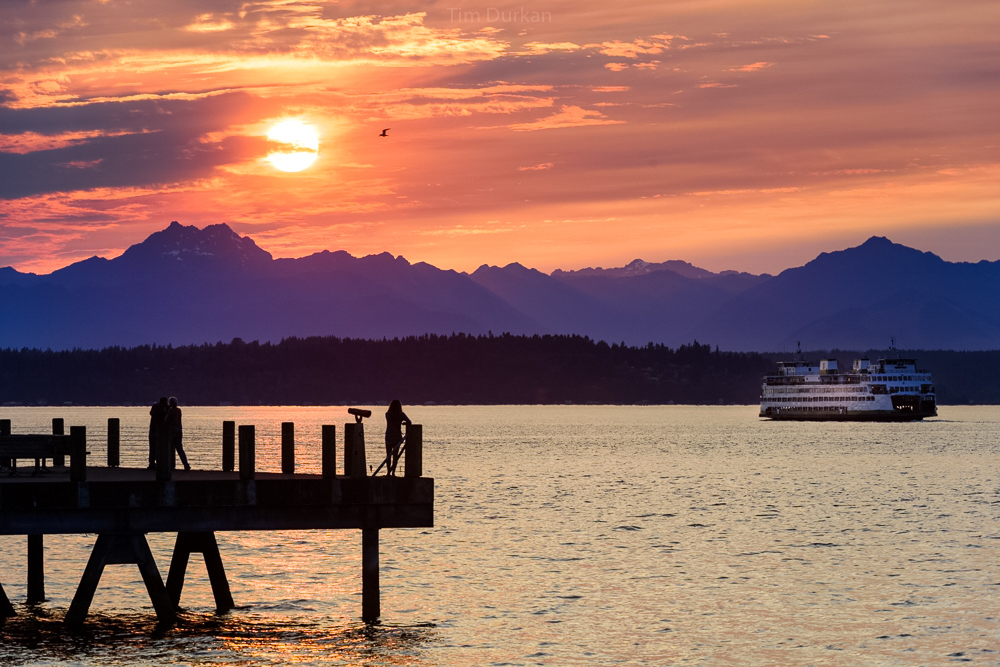
We are now into the third week of WSDOT’s SR 99 closure and the first phase of the Seattle Squeeze, the data tells us some good news: Fewer people are driving in and out of our downtown in cars during peak hours! Although congestion and travel times are similar in many ways to before the SR 99 closure, WSDOT is reporting that vehicle volume on Seattle-area state highways has declined by one to six percent!
There’s more good news:
- The morning commute is beginning earlier, meaning more people are changing their schedules and hours to help avoid gridlock during the normal rush hour period.
- We’ve seen 50 percent fewer collisions compared to January 2018.
- Biking in Seattle at places like the Fremont Bridge, 2nd Avenue, and the Spokane Street Bridge is WAY up! For example, last Friday, the number of bikes at those three key areas was up 20 percent compared to the same Friday last year.
- King County Metro’s standby buses are estimated to have carried 30,307 riders on 871 trips since Jan. 12, the first full day of the closure.
- According to King County Metro, during the first week of the Seattle Squeeze, ridership on the West Seattle Water Taxi was up 240 percent compared to the same time last year. Overall, the West Seattle Water Taxi has carried 17,853 riders since January 14.
Thank you for helping us get through this together. We appreciate everyone who has changed their habits to help reduce the number of cars traveling downtown and to make space on transit for others. Our entire region is coming together to take on this challenge and be part of the solution.
At the City of Seattle, we’re also doing our part to make space on our roads and on transit, and be a model employer: We’ve hit our goal of having more than 20 percent of our workforce take steps like flex their hours, work compressed work weeks, or telework. Of the more than 11,000 employees who serve the public at the City of Seattle, nearly 23 percent now have an Alternative Work Arrangement with their supervisor – an increase of ten percent from where we were late last year. At our downtown campus that includes City Hall and the Seattle Municipal Tower, the number of employees in Alternative Work Arrangements is even higher: 32 percent!
Now, we all need to keep up the good work as we enter Park Two of the SR 99 closure. Remember: This is a marathon, not a sprint! If you don’t have to, please don’t drive alone downtown. We need that space on our roads for buses and emergency vehicles. If possible, explore alternative commutes like biking, walking, bus, carpooling, vanpooling, light rail, or the water taxi and Ride 2 in West Seattle. Please go to www.seattle.gov/traffic for resources from the City of Seattle and our partners to help you plan your trip. If we all make a plan and do our part, we can get through this together.
In partnership with WSDOT, King County Metro, the Port of Seattle, and Sound Transit, the City of Seattle will continue to execute on our plan for managing the impact on mobility in Seattle and on our ability to deliver crucial services. We’re monitoring traffic in real-time 24/7, and making adjustments as we see new challenges to getting around Seattle.
Please continue to be safe and be patient as you make your way in and around Seattle. And don’t forget: It will all be worth it. Without a doubt, the next few weeks and few years of tough traffic will put a strain on Seattle, but I truly believe that it will all be worth it. When the Alaskan Way Viaduct is removed by this summer, there will be a collective gasp. It will transform our amazing city in ways people don’t even anticipate.